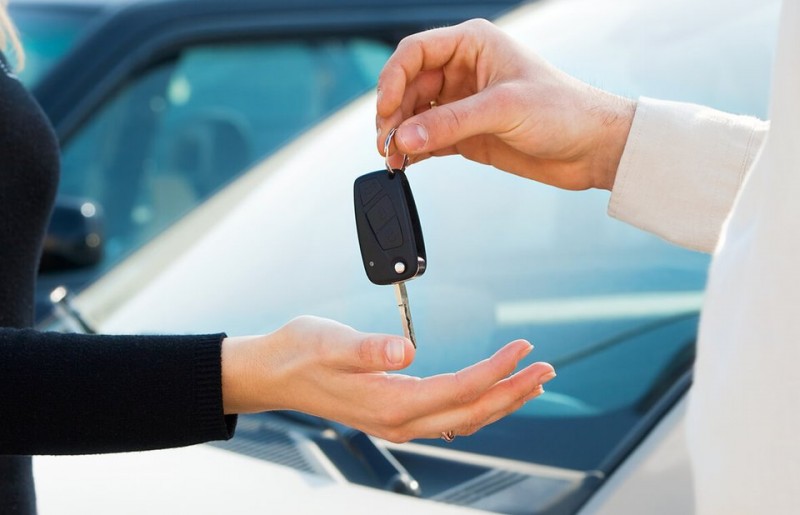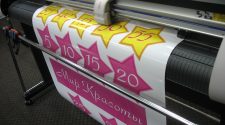Volkswagen Tiguan of the first generation is not equipped with naturally aspirated gasoline engines, which we consider a minus. At the same time, hundreds of Tiguans are sold and bought on the secondary market. Although all engines are supercharged, they are dynamic, but they also have their own problems. We present you a brief description of the Volkswagen Tiguan (2007–2016) with all its problems and breakdowns.
In terms of manufacturability, comfort and equipment, the model approaches the standard of a compact crossover. The body is in no hurry to rust, the suspension is strong, the ergonomics are pleasant, the ground clearance is 200 mm, the trunk is 470 liters, the design is verified and does not age. So why should you be so careful when buying a used Tiguan?
There is a certain distrust of the main components and assemblies of Volkswagen, and it is fully justified. First of all, to DSG robotic gearboxes and to a 1.4 TSI gasoline engine. These units often fail even before 100 thousand kilometers.
The concern gradually updated both robotic transmissions and engines. But it’s too late — versions with upgraded components and assemblies appeared in 2015, when the second generation Tiguan was already introduced. But if your choice still stopped at the first Tiguan, the question will inevitably arise — which engine to take?
1.4TSI (CAVA, CAXA) Timing chain drive is the weak link of this engine. Chain stretching is fraught with accelerated gear wear and disruption of gas exchange in the cylinders. If the chain jumps off the tooth, the valves and pistons can be destroyed.
Before restyling (2011 and earlier), the motor was combined only with a manual transmission — very reliable and durable. However, after restyling (since 2012), the DQ250 (DSG-6) robot with two “wet” clutches was added. Not the worst of the robots, and certainly better than the DQ200, but also more capricious.
Initially, Tiguan was offered with 1.4 in the CAVA version (150 hp), later CAXA (122 hp) joined it. Both options are good for driving on high-octane gasoline, as they are sensitive to the A95 standard.
Since their inception, all 1.4 engines in the EA111 family have had two design problems. The first is that the timing chain stretches too quickly (sometimes up to 60-80 thousand km). Even after the modernization, the problem was not completely solved.
The second is the rapid accumulation of soot on the valves and piston rings. The result is detonation, a drop in compression, destruction of the pistons. The plant repeatedly modified a pair of piston rings, changing their materials and configuration, but without much success.
But it is wrong to think that the engine is hopeless. With regular cleaning and turning off low-quality fuel, 250-280 thousand km will pass without problems.
2.0TSI (CCZC, CCZD, CAWA, CAWB) Direct injection, turbine, cast iron block. Available in different versions (170, 180, 200 hp). But half of all cars on the secondary market are the 170-horsepower variety, combined with a hydraulic automatic and all-wheel drive.
The DQ500 robot is rare, it is good, but it makes no sense to specifically look for it, since there is a Japanese «automatic» AQ450 (09M) with a resource of 250 thousand km, aka Aisin TF-62SN.
All versions of the engine have common ailments, at 170 horsepower they seem a little less pronounced, but still inevitable. But the gear chain is rather weak and can fail up to 100 thousand km. AI-95 gasoline is acceptable, but the poor quality of fuel in our country causes detonation, and strong detonation leads to piston damage.
The soot accumulates quickly, it is recommended to clean it mechanically — washing with special means is not very effective and does not help for long. The presence of soot leads to increased oil consumption — up to 0.5 liters per 1000 km. Spark plugs and coils often need to be replaced. Also, the high-pressure fuel pump is not famous for its large resource, but it is quite expensive.
The most reliable are the early generations of the motorcycle (until 2011), CAWA is just one of them. A run of 300 thousand km is quite achievable. CCZC is already the second generation, and the resource declared by the plant is less — 260 thousand km. All versions will definitely require regular technical support. But they are famous for their economy, but they have good dynamics.
2.0 TDI (CBAB) The most common version in our country is the 140 horsepower version. This motor is also a “friend” with an Aisin automatic, and the “handle” is extremely rare, as is the drive to the front axle only.
A cast iron block, hydraulic lifters, piezo injectors, a balancing block in combination with an oil pump, a complex vacuum compressor with variable blade geometry — all this requires attention.
For a turbodiesel, it’s quite a calm unit. Economical and quiet. Mileage over 400 thousand km. Up to 200 thousand km, usually nothing should bother. But since it is a turbodiesel, it requires careful and expensive maintenance. The EGR valve, swirl flaps, injectors, particulate filter — everything will need to be cleaned. The timing belt must be changed every 100,000 km. And bad diesel fuel can kill not only injection pumps and nozzles, but also pistons.
This motor has a high standard oil consumption. Half a liter per thousand km is still not considered critical, it is worth worrying about the consumption per liter or more. Until 2009, there was a problem with the wear of the so-called «short» hexagon in the oil pump — then a «long» one was introduced. The turbine is reliable.
Against the background of gasoline engines, this diesel looks more than competitive. Many experts recommend it when choosing a used Tiguan. But this version is only 4×4. Thus, the Tiguan is reliable and does not cause many problems. Another thing is that from a practical point of view, in purely urban driving, all-wheel drive is useless — it only increases operating costs.
Summary Tiguan is not an unassuming engine, so the choice is not easy. If you need a front-wheel drive version, then there is nothing to choose from — put on 1.4 with a capacity of 122 horses — less dynamics, but higher reliability. Four-wheel drive is recommended in combination with diesel. And something else. Every Tiguan needs to flush all radiators at least once every two years. High-tech units are afraid of overheating.










Нет комментариев